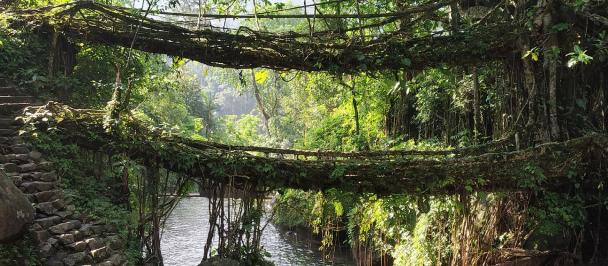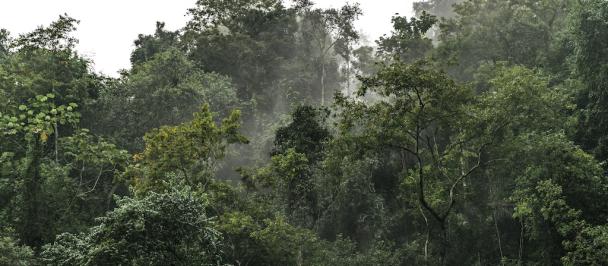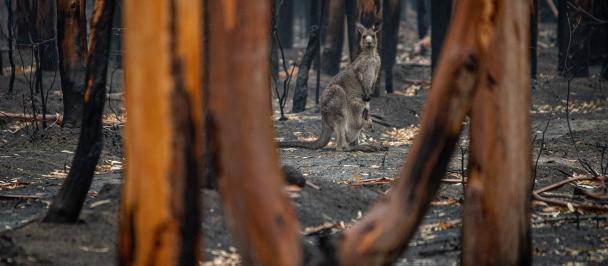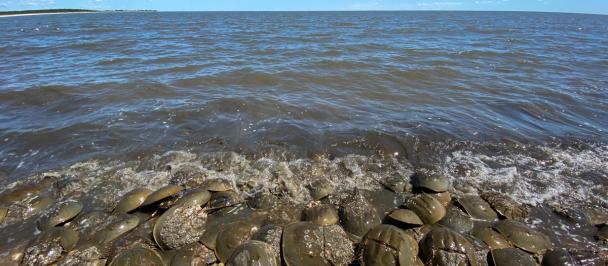Calling finance leaders to join the debate to protect nature
It's time to take a stand for nature
November 8, 2018
The planet is in crisis.
The World Wildlife Fund has just released its 2018 Living Planet Report. Humans have wiped out 60 percent of animals between 1970 and 2014. The figures contained in the report are just a few symptoms of the dire state the planet is in.
The 2030 Agenda is evidence that the world has clearly acknowledged the linkage between what nature provides and the Sustainable Development Goals (SDGs). Goal 14 - Life Below Water, and Goal 15 - Life on Land are at the foundation of all the SDGs, and nature conservation is a key ingredient for achieving every single one – particularly if we are to support 10 billion people on the planet. Nature underpins human existence.
Without nature, the world will not reach the Climate targets. Without nature, the world will not achieve the SDGs. As the UN Special Rapporteur on Human Rights and Environment in 2017 concluded, ecosystem services and biodiversity are essential for the full enjoyment of human rights.
Yet, the world’s response to the biodiversity crisis is lagging. The global effort to conserve nature and maintain ecosystem services has not gained the same traction as climate discussions.
Later this month, UN Member States of the Convention on Biological Diversity (CBD) will meet for the 14th Conference of Parties (COP-14) in Egypt. In formulating the new post-2020 global biodiversity framework after the Aichi 2020 targets expire, it is necessary to strike a “New Deal for Nature.”
The New Deal for Nature will need to speak for the voiceless – the rest of the estimated 10 million species on the planet, which form soil, water, air, and provide food, shelter, medicine and the spiritual and physical well-being of humanity.

While finance is an indispensable part of any solution to reverse the loss of our nature, finance for conservation and maintenance of ecosystems and biodiversity was not considered as a high development priority until recently.
If we want to mobilize resources for conservation and better manage the money we already spend on nature, it is essential we target the sources of finance and advocate with the very leaders who make the decisions about how the money is spent. Today the debate is stimulated through greater participation of finance leaders influencing the agenda around conservation finance.
A pivotal goal of the Biodiversity Finance Initiative (BIOFIN) is starting a new dialogue on financing nature in each country, with strong involvement of finance and planning ministries, and the private sector. These dialogues should feed into global platforms such as the CBD COP.
Although there has been an increasing number of economic studies on the value of nature and finance data, this alone is not sufficient. This research needs to be translated into actionable financial or fiscal terms – this is one of the essential objectives of the BIOFIN process.
We have seen this happen in many countries, such as in the Philippines with the approved new legislation on protected areas supported by BIOFIN, adding 94 areas to the system with associated finance at the level of multi-million US dollars per year expected. There are many more examples emerging.
How to move from analysis to action in a country is described in the BIOFIN Workbook, providing an innovative and adaptive methodology for countries to undertake a rigorous and comprehensive assessment of national biodiversity finance and develop an evidence-based finance plan to identify the optimal biodiversity finance solutions to implement. The Initiative is releasing its 2018 version of the workbook this month, capturing learning from the past six years of implementation.
UNDP and its BIOFIN programme together with the CBD will host a series of finance focused events at COP 14. Finance leaders from various sectors will discuss how lessons from BIOFIN Implementation under the first phase (2012 – 2018) can inspire a new financing agenda for biodiversity in the upcoming decade beyond the Aichi 2020 biodiversity targets, embedded into financing frameworks for the SDGs.
Among the primary emerging conclusions has been the breadth of available options for countries. BIOFIN has catalogued more than 150 types of biodiversity finance solutions, which are available to countries to mobilize and better manage financial resources for biodiversity conservation. The advent of the SDGs, the adoption of the Paris Agreement and the development of a post-2020 Strategy for biodiversity present a unique opportunity to shape the biodiversity finance agenda of the future.
Midori Paxton is a senior technical advisor and the head of the ecosystem and biodiversity within the UNDP Global Environmental Finance Unit. Follow her on twitter @MidoriPaxton

 Locations
Locations




